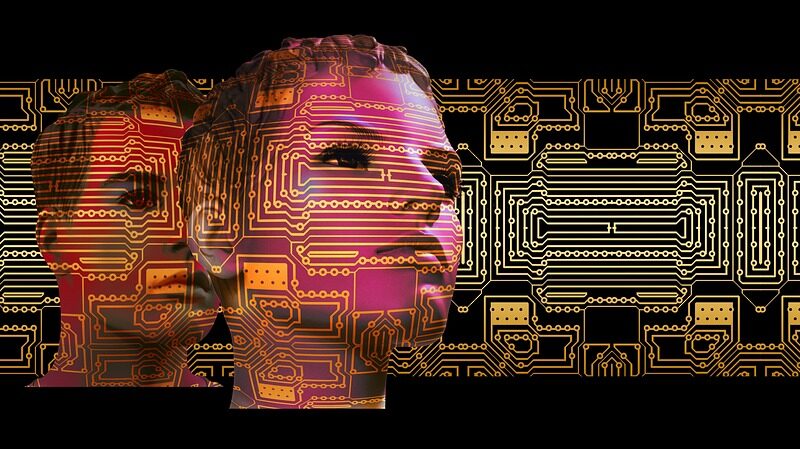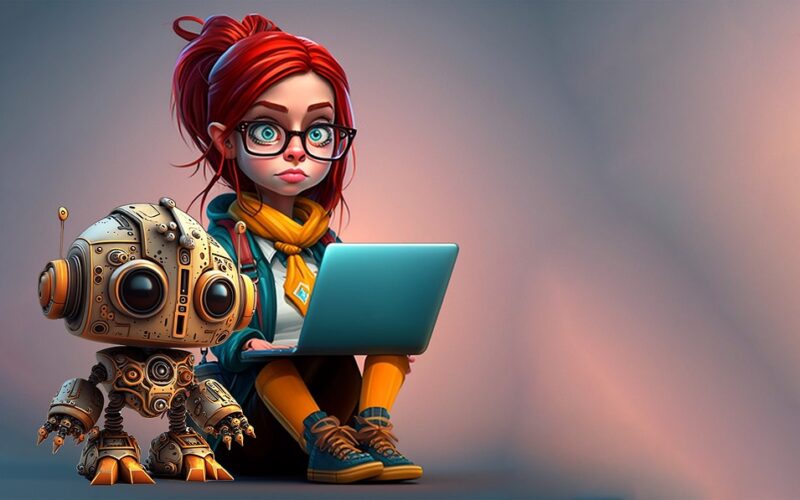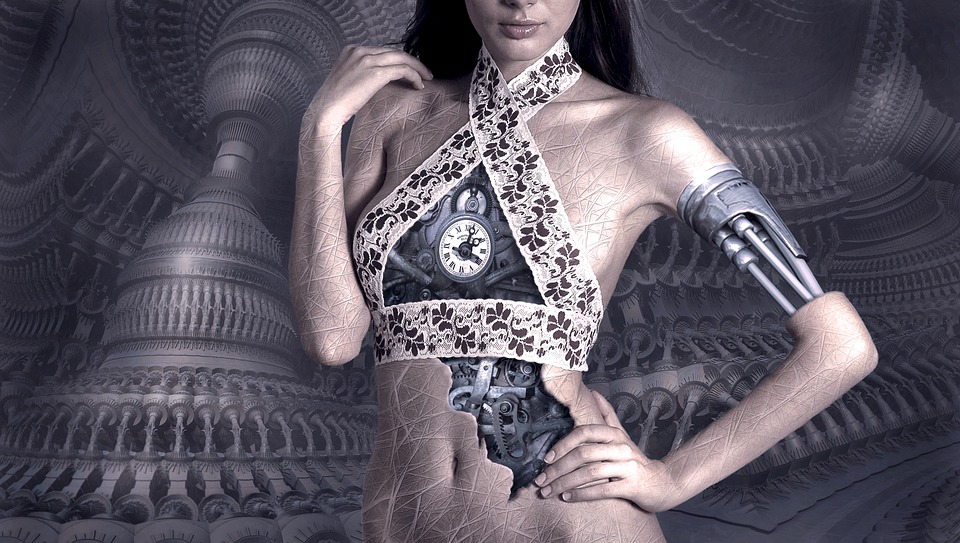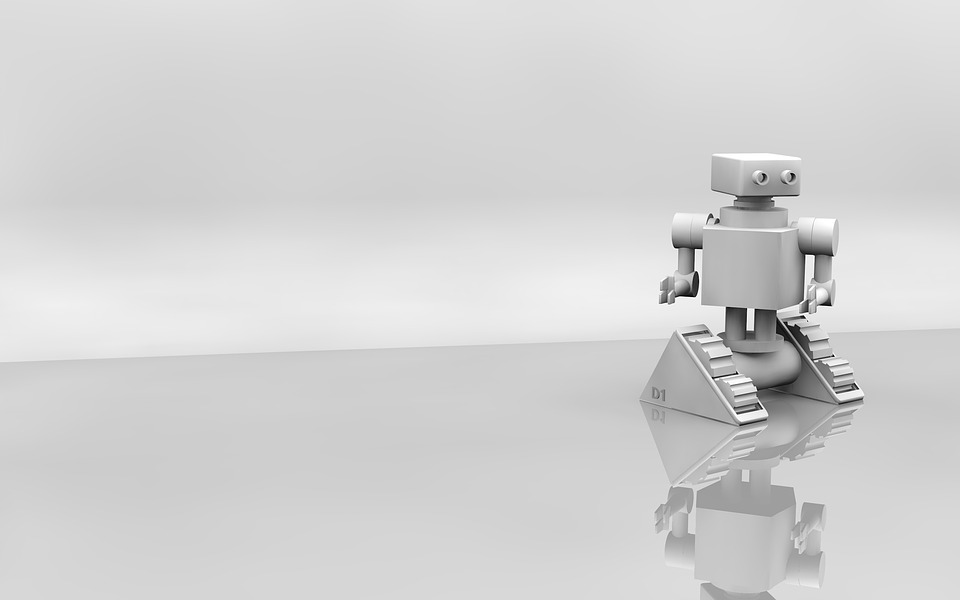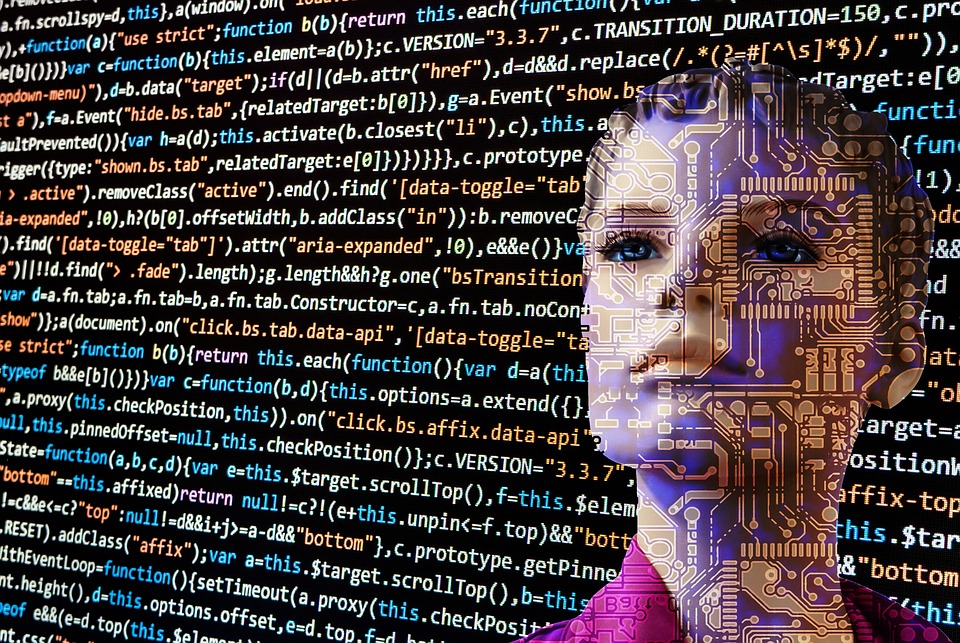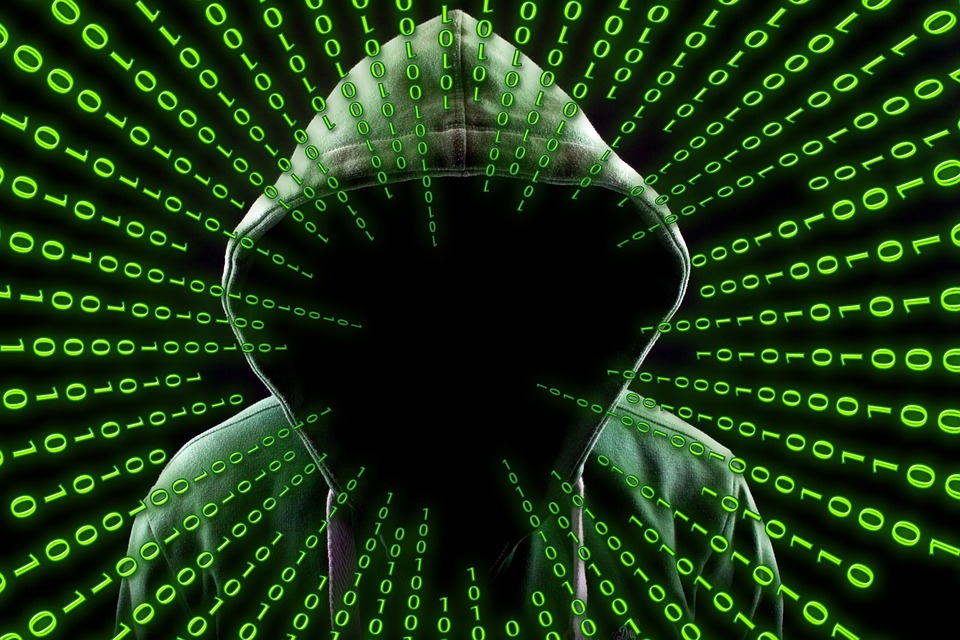Creating art has always been a uniquely human endeavor, but the rise of artificial intelligence (AI) has introduced new possibilities and challenges to the art world. AI art, also known as algorithmic art or generative art, involves using algorithms to create visual or auditory works of art. This merging of art and technology has sparked a conversation about the role of creativity, human agency, and ethics in the digital age.
The Art of Code
The process of creating AI art involves a combination of technical expertise and artistic vision. Artists and programmers collaborate to develop algorithms that can generate images, music, or other forms of art based on a set of rules and parameters. These algorithms can range from simple scripts that manipulate pixels on a canvas to complex machine learning models that analyze vast datasets to produce new and innovative compositions.
One example of AI art is the work of artist and programmer Mario Klingemann, who creates mesmerizing digital artworks using neural networks and machine learning techniques. Klingemann’s creations blur the lines between human and machine, showcasing the potential of AI to produce art that is both nostalgic and futuristic.
Exploring the Intricate Process of AI Art
The process of creating AI art begins with a concept or idea that the artist wants to explore. This could be a theme, a mood, or a visual style that the artist wants to convey through their work. The artist then collaborates with a programmer to develop the algorithms that will generate the art.
The programmer writes code that defines the rules and parameters for the algorithm. This code can be written in a variety of programming languages, depending on the complexity of the artwork and the artist’s preferences. The code is then tested and refined to ensure that it produces the desired results.
Once the algorithm is complete, the artist can begin to generate art using the code. This process can involve tweaking the parameters of the algorithm, experimenting with different inputs, and refining the output until the artist is satisfied with the result. The artist can also incorporate traditional artistic techniques, such as composition, color theory, and texture, into the process to create a visually compelling artwork.
AI art can take many forms, from digital paintings and sculptures to interactive installations and performances. Some artists use AI to create art that responds to the viewer’s input, creating a dynamic and immersive experience. Others use AI to explore patterns and structures that are invisible to the human eye, revealing new insights into the nature of art and creativity.
The merging of art and technology in AI art raises questions about the nature of creativity, authorship, and aesthetics. Can AI be truly creative, or is it simply mimicking human creativity? Does the role of the artist change when working with AI, and if so, how? What ethical considerations should be taken into account when using AI to create art? These are complex and nuanced questions that artists, researchers, and ethicists are grappling with as AI art becomes more prevalent in the art world.
FAQs:
Q: Is AI art truly creative?
A: The question of whether AI art is truly creative is a topic of ongoing debate in the art world. Some argue that AI can produce artworks that are innovative and original, while others believe that AI art is simply an imitation of human creativity. Ultimately, the answer may depend on one’s definition of creativity and the role of human agency in the artistic process.
Q: What role does the artist play in creating AI art?
A: The artist’s role in creating AI art can vary depending on the project and the collaboration between the artist and programmer. Some artists take a hands-on approach, writing their own code and experimenting with different algorithms to create art that reflects their artistic vision. Others work closely with programmers to develop algorithms that can generate art based on the artist’s input and direction.
Q: Are there ethical considerations to take into account when creating AI art?
A: Ethical considerations are an important factor to consider when creating AI art. Artists and programmers need to be mindful of issues such as bias, privacy, and consent when using AI algorithms to generate art. It is essential to be transparent about the use of AI in art and to consider the potential implications of AI art on society and culture.
In conclusion, the art of code represents a new frontier in the art world, blending technology, creativity, and innovation in exciting and unexpected ways. AI art challenges our notions of art and creativity, pushing us to rethink the boundaries of what is possible in the digital age. As AI art continues to evolve, we can expect to see new and groundbreaking works that inspire and provoke us in equal measure.




